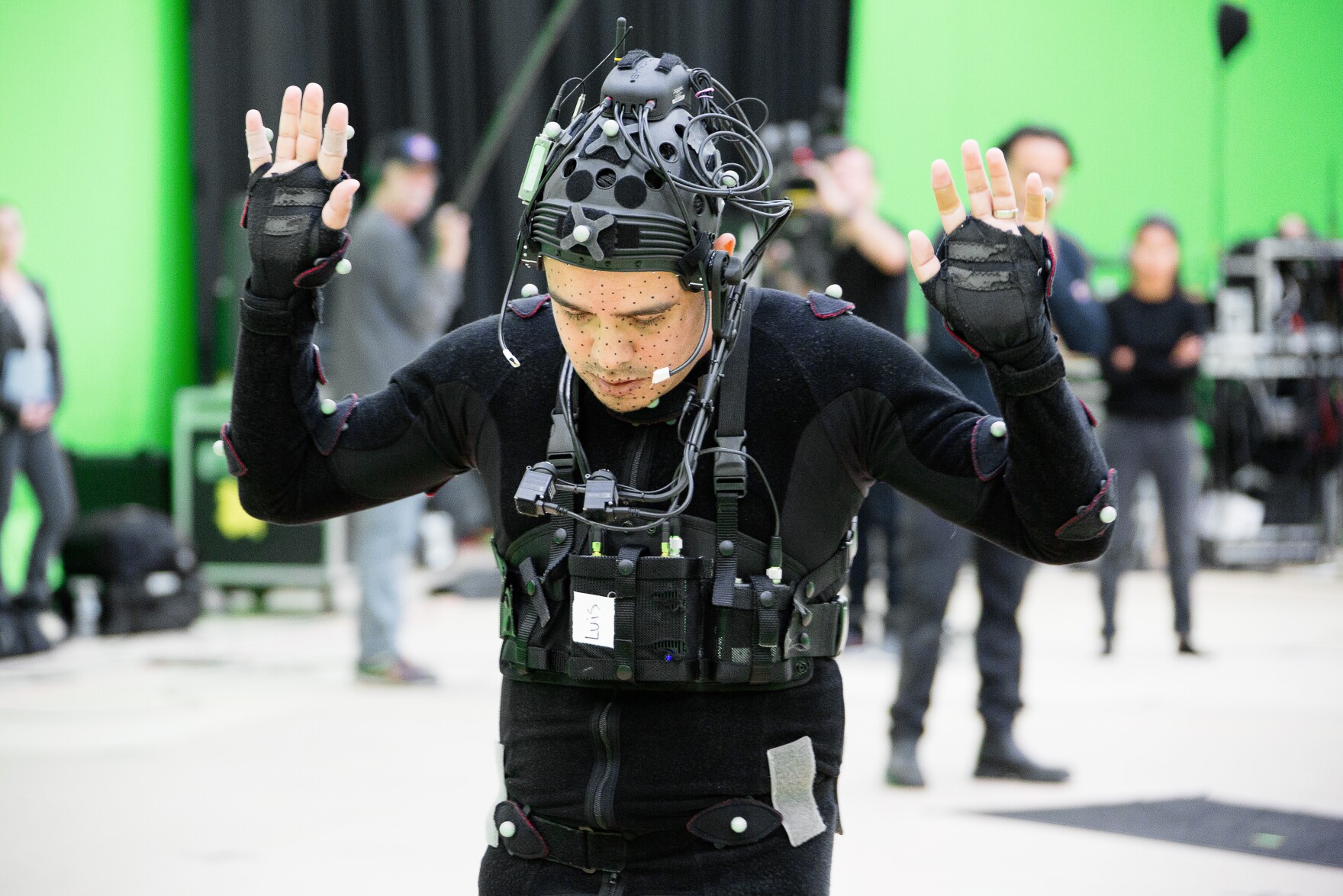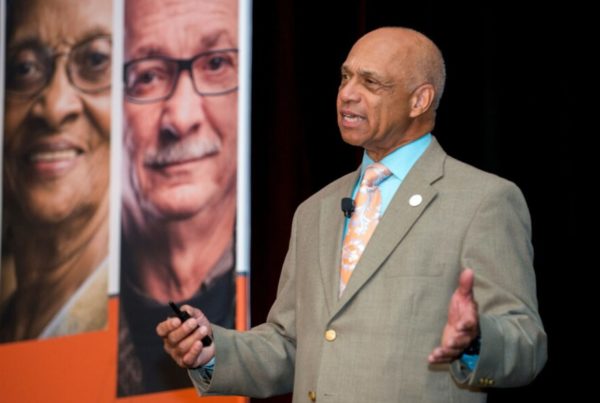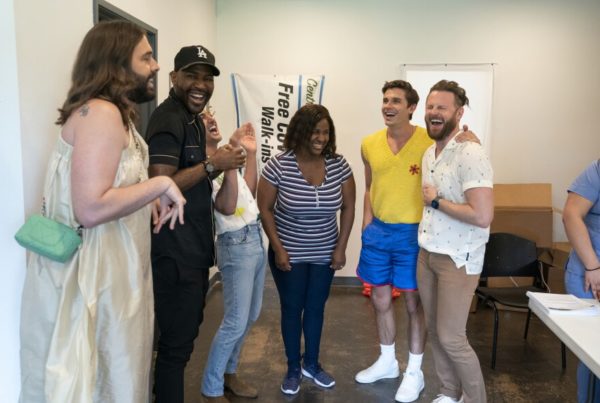Many Americans have seen the images of exhausted migrants trekking across the rugged Sonoran desert or wading through the Rio Grande River, all of them trying to reach the United States.
But most people have no idea what those journeys are really like – spending weeks traveling by foot, getting attacked by gangs or collapsing from heat exhaustion.
Acclaimed Mexican film director Alejándro G. Iñárritu wants to bring the public closer to these kinds of experiences. So, in the exhibition Carne y Arena (Virtually present, Physically invisible) no open in Fair Park, Iñárritu uses virtual reality technology to put participants in the shoes of migrants.
As he explains it, virtual reality is exactly what cinema is not.
“It offers you a three-dimensional experience and the freedom for you or for the audience not to be [sitting] and passively just observing the director and the … two-dimensional frame,” he said. “That’s basically the reality of the film experience.”
The Nasher Sculpture Center and the George W. Bush Presidential Center partnered to bring the exhibit to Fair Park. It’s on view at the Food & Fiber Pavilion through April 18. The work premiered at the 2017 Cannes Film Festival, but this is its first time in Texas.
In Carne y Arena, which means flesh and sand in this context, the audience is placed in a desert where Central American and Mexican migrants traverse the terrain. As part of the VR experience, audience members follow a group of 8 or 9 weary individuals as a helicopter flies above, shining a spotlight below. VR participants hear Border Patrol officers shout and they see them turn flashlights and guns at the migrants.
“¿Quién es el pollero?” “Who is the smuggler?” one of the officers yells.
A woman responds in Spanish that they can’t say because they’ll be killed.


















